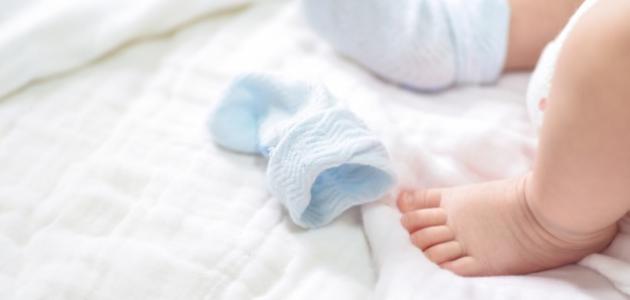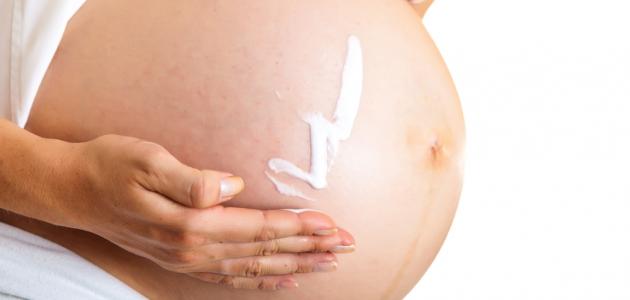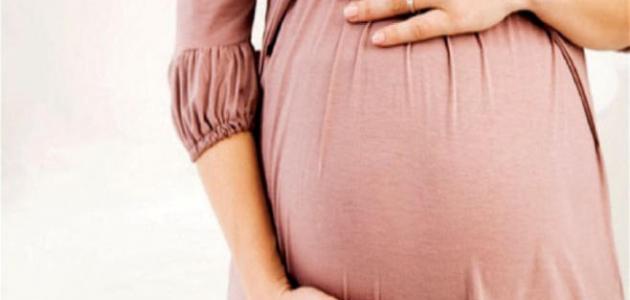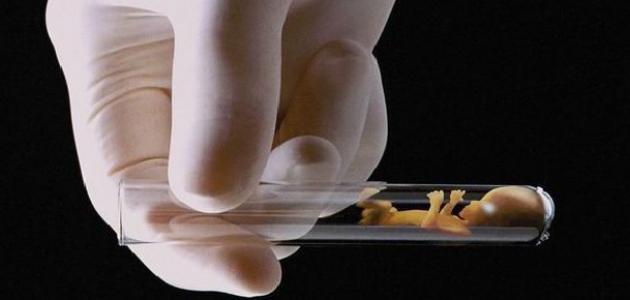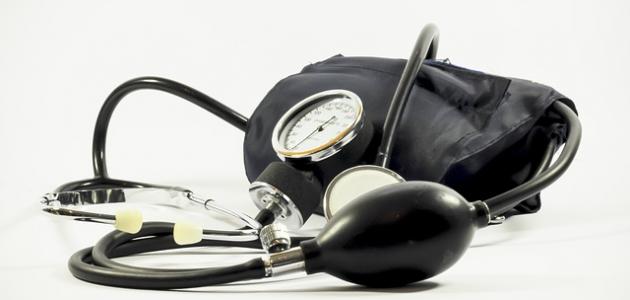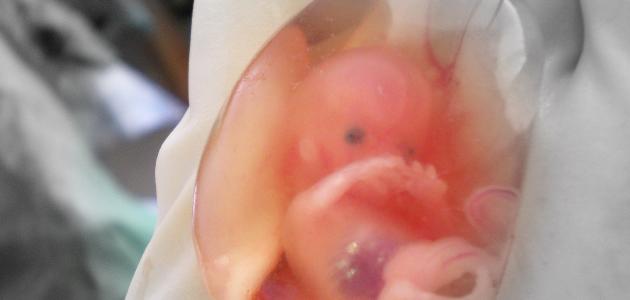Contents
Childbirth dislocation
Dislocation of birth is known medically dislocated congenital hip or dysplasia sciatic congenital , occurs as a result of a problem in the hip joint that connects the bone thigh bone and pelvis, where the hip joint up between the head of the femur Which is like a ball to the bone of the pelvisIt contains a cup-shaped socket in which the head of the thigh bone occupies its position, and when the hip socket is shallow, the femoral head does not settle in place properly, making the hip joint loose, and in severe cases, the thigh bone may come out of its place in the hip joint. Childbirth dislocation may affect one or both hips, but it is more common in the left hip, and it is more likely to occur in females and newborns, and one or two out of every 1,000 children suffer from a hip dislocation that needs treatment. Hip dislocation is detected through a routine examination of the child, which is carried out in several stages. The child's hips are examined as part of the physical examination of the newborn within 72 hours of birth, and the hip examination is performed again when the child is between six and eight weeks old. [1]
Causes of childbirth dislocation
The exact cause of childbirth dislocation is unknown, but there are several factors that increase the likelihood of developing it, including the following: [2]
- The position of the child in the womb: The position of the child in the womb can increase pressure on the hips, and it is believed that children in the normal position in the womb suffer from more pressure on the left hip compared to the right hip, which makes the left hip more vulnerable to damage, and children who are in The breech presentation is more likely to have birth dislocation.
- Family history: Genetics play an important role, but it is not a direct cause of childbirth subluxation, as the chance of childbirth subluxation increases by approximately 12 times in children who have had an injury in a family member, as it has been observed that the risk of a child having a birth dislocation increases by 12% if one of his parents He had a birth dislocation, and it increases by 6% if one of the brothers had it, and it increases by 36% if one of the parents and one of the brothers also had a birth dislocation.
- Congenital anomalies: Some congenital anomalies such as foot deformity, or neck stiffness known as torticollis increase the chance of developing birth dislocation, and this may be partly due to the fact that the size of the uterus is limited in the case of these anomalies.
- Hormonal changes during pregnancy: When the time of childbirth approaches, some hormones increase that cause the mother's ligaments to stretch, allowing the child to pass through the birth canal easily, and some children may be more sensitive to these hormones than others, which leads to excessive loosening of the child's ligaments, especially in fetuses. Females, which makes females 4-5 times more likely to have birth dislocations compared to males.
- The position of the child during the first year of life: It is noticed that birth dislocation is common among peoples who carry their children in a way that makes the legs close together , and the hips elongated, while the dislocation is rare in peoples who carry their children in a way where the legs are apart.
Symptoms of childbirth dislocation
A child with birth dislocation may not have any symptoms, but sometimes some symptoms and signs may appear, including the following: [3]
- Asymmetry of skin folds in the thighs .
- Legs differ in length.
- The child's limited mobility.
- Walking on toes or walking like a duck.
Birth dislocation treatment
When a hip dislocation is detected at birth; It can be treated using a ligament or a special device, but if a hip dislocation is not detected at birth and noticed when the child begins to walk, then the treatment at this time is more complicated and the chance of success is less. It should be noted that treatment methods depend on the child's age and can be divided as follows: [3]
- Newborns: The child is placed in a special device called the Pavlik Harness for a month or two to keep the thigh in the pelvic cavity, as it helps to tighten the ligaments around the hip joint, and promotes the formation of the hip socket naturally while allowing freedom The movement of the legs and the ease of changing diapers, and it should be noted that parents play a key role in ensuring the success of the treatment, as parents are taught how to safely perform daily care tasks, such as changing diapers , bathing, feeding, and taking off clothes.
- Babies from the age of one month to 6 months: similar to the treatment of newborns , the child's thigh is placed in the hip socket using a Pavlik band, and it should be noted that the period of time during which the child needs to use the band varies, but usually the child needs to wear the band throughout the day for a period At least 6 weeks, then for fewer hours for an additional 6 weeks, and in the event that the band does not succeed in returning the thigh bone to its place, a special device can be used to keep the feet apart from each other, known as an abduction brace.
- Children over the age of 6 months: Surgery may be required if the child is diagnosed with birth dislocation after reaching 6 months of age, or if the Pavlik device does not help him, and treatment is done using a special splint, or closed reduction surgery, or Open response.
References
- ↑ "Developmental dysplasia of the hip" , www.nhs.uk , Retrieved 19-1-2018. Edited.
- ↑ "Causes of DDH" , www.hipdysplasia.org , Retrieved 19-1-2018 . Edited.
- ^ A b "Developmental Dislocation (Dysplasia) Of The Hip (ddH)" , Www.orthoinfo.aaos.org , Retrieved 19-1-2018. Edited.
